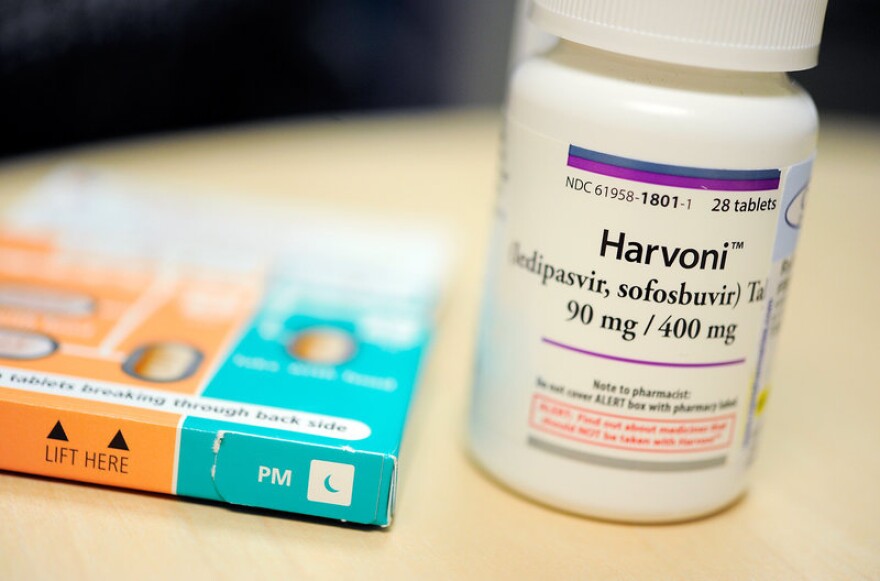This archival content was originally written for and published on KPCC.org. Keep in mind that links and images may no longer work — and references may be outdated.
A call for a federal push to eliminate hepatitis B, C

The federal government should spearhead an aggressive effort to eliminate hepatitis B and C by 2030, argues a new report from the National Academies of Sciences, Engineering and Medicine.
"With the hepatitis B vaccine and the cure for hepatitis C, eliminating hepatitis B and C is possible, but there are a lot of barriers," says Neeraj Sood, director of research at the USC Schaeffer Center for Health Policy & Economics and a member of the committee that wrote the report.
The report calls for a federal office or initiative to invest in disease prevention, access to treatment, disease surveillance and physician training. "We felt like past efforts have been successful when there has been this kind of coordinating body at a higher level," Sood adds.
The report recommends preventing new cases of hepatitis B by providing widespread access to the vaccine. It says as of 2014, only about one-fourth of U.S. adults over 19 were fully immunized.
Hepatitis C can eventually be wiped out by providing treatment to people at all stages of the disease, according to the report. New antiviral drugs essentially cure hepatitis C, but only people at certain stages can get treatment because health plans have restricted access due to the drugs' high cost.
Emalie Huriaux, director of federal and state affairs for Project Inform, which advocates on behalf of people with hepatitis C, applauds the approach suggested by the National Academies.
"In this case, cure is prevention," Huriaux says. "Given that there is no vaccine for hepatitis C, the real preventive opportunity … is really making sure that everyone with hepatitis C is cured."
The report also recommends reducing new infections among intravenous drug users by expanding access to needle exchange programs. It notes that IV drug users account for 75 percent of new hepatitis C cases each year.
Many people with hepatitis C have limited access to the health care system, as many are uninsured, have substance abuse problems and are or have been in prison. As a result, the report calls for developing a national program to provide medical care, treatment and supportive services to people with hepatitis, similar to the national Ryan White HIV/AIDS Program, a federally-funded initiative that provides primary care and other services to people with HIV who are uninsured or underinsured.
The authors also recommend a new approach to lowering the price of hepatitis C treatments for Medicaid recipients and prison inmates.
Under this proposal, drug companies would compete to license a patented drug to the federal government for use among Medicaid recipients and prisoners. The government would pay the companies for the drug, which would only be used for patients from marginalized communities.
"We wanted to preserve incentives for innovation, but at the same time improve access to these drugs for the Medicaid population," Sood says.
The authors have shared their report's findings with the Centers for Disease Control and Prevention, congressional staff members and other interested stakeholders, he says. The report builds on an earlier one, published in April 2016, which found that hepatitis B and C could be eliminated as public health problems in the U.S.
"We are hopeful that this leads to an actual change in policy," he says.
An estimated 850,000 to 2.2 million people in the U.S. have chronic hepatitis B, according to the CDC. An estimated 2.7 million to 3.9 million people have chronic hepatitis C. The viruses cause more than 20,000 deaths nationwide each year.
